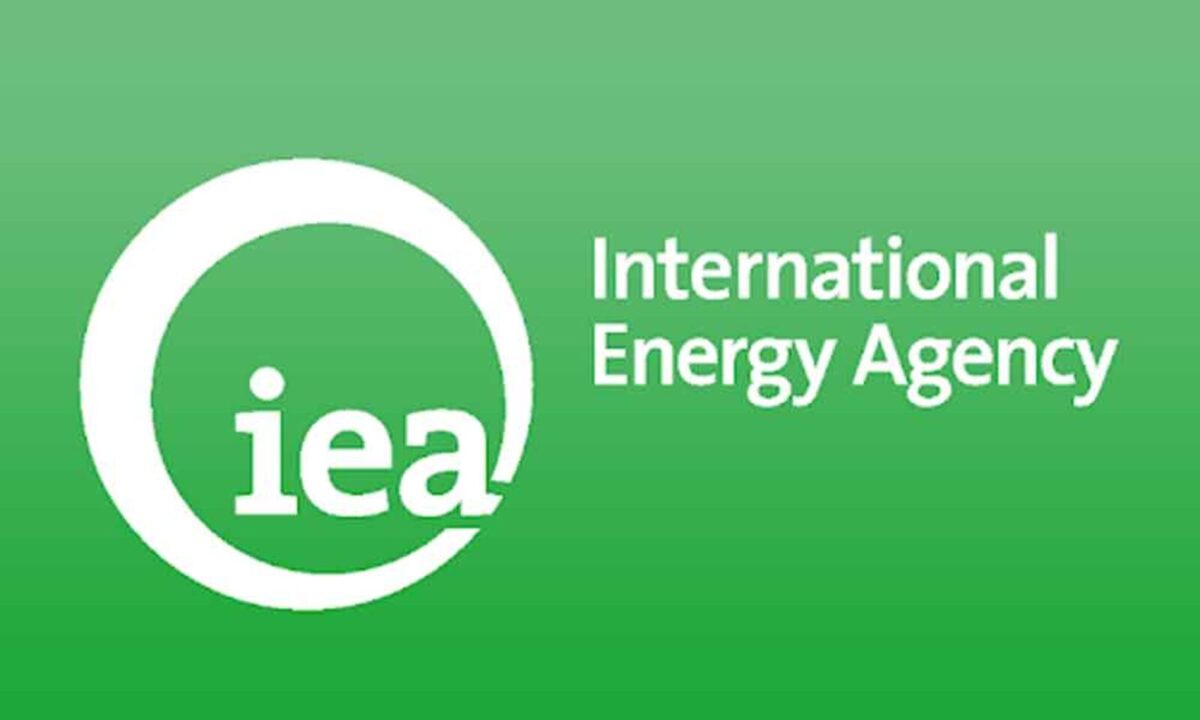The International Energy Agency (IEA) recently released a report, highlighting the critical need for a substantial decline in global demand for oil and gas to limit global warming to 1.5 degrees Celsius by 2050.
1. The Current Landscape: Peak Fossil Fuel Demand by 2030
- The IEA report underscores the expectation that the fossil fuel market will reach its peak by 2030.
- However, it points out that a more ambitious reduction of 45 percent below current levels by 2050 is contingent on global governments fully delivering on their national energy and climate pledges.
2. The Path to 1.5 Degrees Celsius: A Call for Drastic Emissions Reductions
- To align with a 1.5 degrees Celsius scenario, the IEA emphasizes the necessity of cutting emissions by more than 60 percent by 2030 from today’s levels.
- Additionally, the report highlights the imperative for global oil and gas operations to achieve near-zero emissions intensity by the early 2040s.
3. Industry’s Minimal Contribution to Clean Energy Investment
- The IEA report sheds light on the oil and gas industry’s meager contribution to clean energy investment, accounting for only 1 percent globally.
- Notably, 60 percent of this investment is concentrated in just four companies, prompting a call for a broader and more concerted effort across the entire sector.
4. Emission Reduction Opportunities: A Focus on Methane Reduction
- The report identifies significant potential for improvement in emissions reduction, particularly in methane reduction, which constitutes half of total oil and gas operations emissions.
- The industry is urged to adopt measures to address this aspect, contributing to a more sustainable energy landscape.
5. Financial Realities: Overinvestment and Opportunities for Change
- Despite the urgent need for a shift towards cleaner energy, the report reveals that the current annual investment of $800 billion in the oil and gas sector is double what is required to limit global warming to 1.5 degrees Celsius by 2030.
6. COP28 and the Industry’s Moment of Truth
- Released ahead of the UN climate change conference in Dubai, or COP28, the report emphasizes the industry’s pivotal role in aligning its operations with the Paris Agreement goals.
- IEA Executive Director Fatih Birol urges the industry to commit to helping the world meet its energy needs and climate goals.
7. Opportunities for a Role in Clean Energy Transitions
- The report identifies opportunities for the oil and gas sector to play a significant role in clean energy transitions, including technologies such as hydrogen, carbon capture, offshore wind, and liquid biofuels.
8. Shifting Priorities: Recommending Clean Energy Investments
- To achieve a substantial role in clean energy transitions, the report recommends a significant shift in financial resource allocation.
- Specifically, it suggests that oil and gas producers invest 50 percent of their capital expenditures in clean energy projects by 2030.
9. Carbon Capture as a Transition Strategy: Not a Long-Term Solution
- While acknowledging the importance of carbon capture as a transition strategy, the report emphasizes that it cannot sustain the status quo.
Important Questions Related to Exams
Q: What does the IEA report recommend for a shift in financial resource allocation?
A: It recommends a 50% shift to clean energy projects by 2030.
A: Baira Suil Power Station, located in the Salooni Tehsil of Chamba district.
Q: Who is the current Executive Director of IEA (International Energy Agency)?
A: Dr Fatih Birol is the current Executive Director of IEA (International Energy Agency).
Q: What percentage reduction in emissions does the IEA propose by 2030 for a 1.5 degrees Celsius scenario?
A: The IEA emphasizes the need for more than a 60% reduction in emissions by 2030.




 Amul Renews Partnership with Argentina F...
Amul Renews Partnership with Argentina F...
 Adani Group to Invest Over $75 Billion i...
Adani Group to Invest Over $75 Billion i...
 Tata–Lockheed Martin to Build New MRO Fa...
Tata–Lockheed Martin to Build New MRO Fa...







